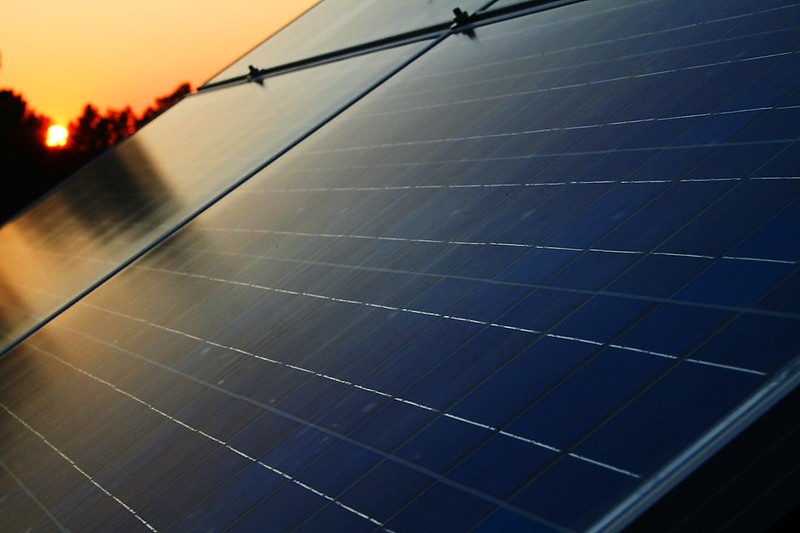The world is already facing a huge challenge when it comes to feeding the world’s growing population. Despite the fact that there are enough resources to go around, they’re not distributed equally. The huge amount of food that goes to waste each year (approximately 1.3 billion tons) is a particularly tragic sign of this. Furthermore, it’s generally people in low-resource, rural regions, where basic infrastructure is lacking, that suffer most from hunger. And as the world’s population grows, it will become ever harder to ensure there’s enough food for everyone. The UN estimates that by 2050 the world’s population will have reached around ten billion people, with the most dramatic population growth seen in the world’s poorest countries.
If we are to ensure that everybody has enough to eat, we need innovative and sustainable new ideas concerning the future of farming. Monoculture and the intensive animal farming results in huge methane emissions, increased nitrate levels in the soil due to over-fertilisation and aggressive pesticides that are killing off insects. Things have to change. We’re currently destroying the Earth to such an extent that sooner or later nothing will be able to grow here at all. On top of all that, we’re also continuing to produce high levels of CO2 emissions, which are in turn speeding up climate change, causing droughts and desertification which results in the loss of land which could be used for agriculture. It seems to be a vicious cycle.
But there is another way: a whole host of projects are finding a way out of this destructive circle by developing sustainable solutions for farmers everywhere. One of them is the Dutch startup SOLHO, who have developed a special energy storage system for greenhouses. Their modular system does not need access to the electrical grid and instead supplies greenhouses with all the energy they need, off-grid, around the clock and entirely from renewable sources. According to SOLHO, that results in savings of up to 90 per cent in operating costs and 75 per cent fewer CO2 emissions when compared to conventional systems.
How Off-Grid Farming Actually Works
Their fully off-grid renewable system, named SPRHOUT (“Solar PoweRed Horticultural Off-grid Unit”), utilises solar energy harvested in the form of heat by solar thermal collectors. This is stored temporarily in an efficient thermal energy storage system, a “TES” – a water basin full of sea or waste water. Algorithms are used to manage and decide exactly what it is the greenhouse needs, and then supply the system with exactly the right amount of heating, cooling, electricity, fresh water and CO2.
SOLHO has developed their off-grid system for use in regions of the Global South – areas where there is often lots of sunlight but only limited access to other resources, such as water and electricity. The SPRHOUT system can be scaled to serve farming projects that are anywhere between 0.1 and 30 hectares in size and is straight-forward enough to be used by people without specialised technical knowledge.
The team is currently working on finalising the design of their project, before commencing testing in southern France in cooperation with one of the largest greenhouse producers in the Netherlands. The system is set to be operational by the end of the year. SOLHO have already won several awards for their SPROUHT system, including picking up a prize at the Startup Energy Transition Awards 2018.
With food security such an important and urgent issue, what else is being done to help farmers out? In the Arctic, they’ve come up with vertical farming greenhouses that look like igloos, and in India, climate change-resistant greenhouses are helping strengthen rural Indian farmers’ defences against extreme weather.
This is a translation by Marisa Pettit of an article that originally appeared on RESET’s German-language site.






